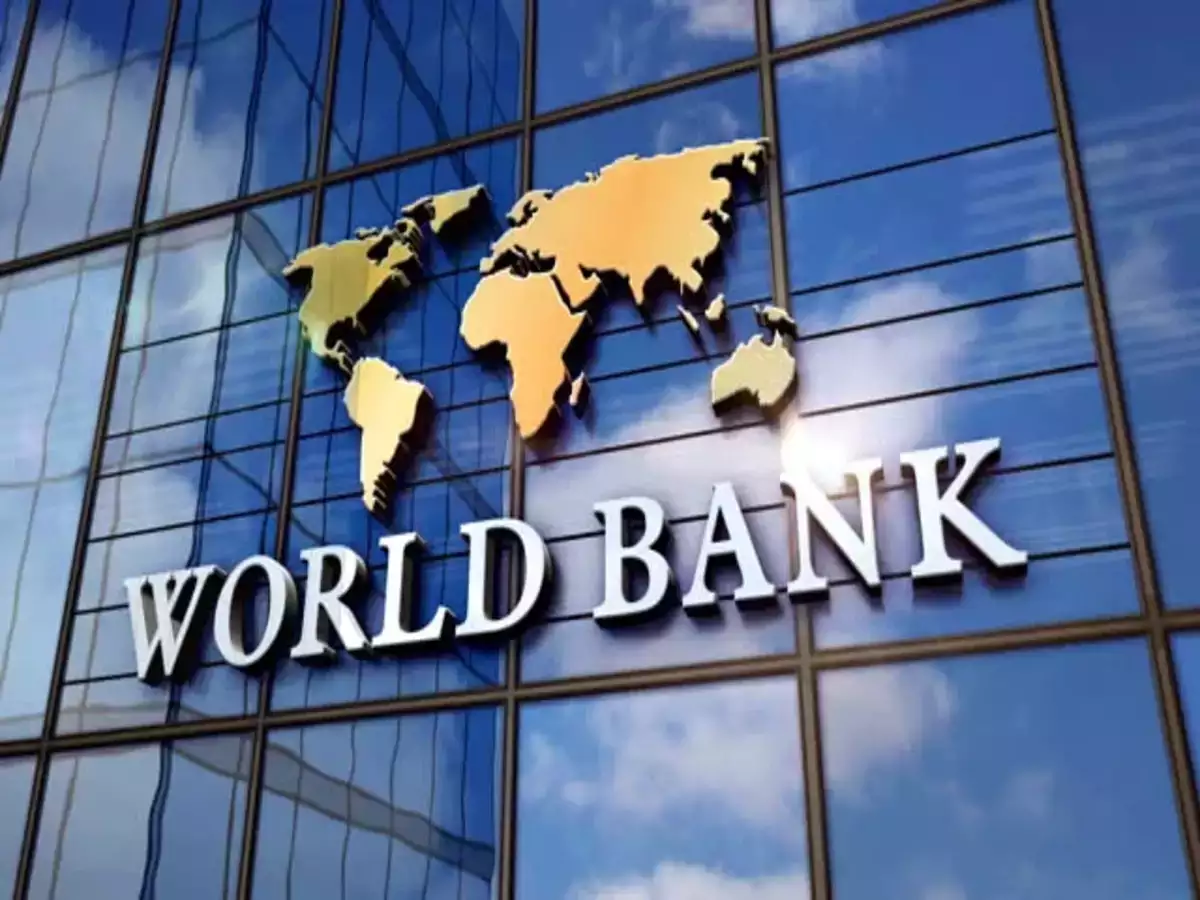
The World Bank approved $1.5 billion in funding on Saturday for a second operation aimed at assisting India, the world’s largest economy with the fastest pace of growth, in accelerating the development to curb carbon emission.
Electrolysers, a crucial piece of equipment required for the generation of green hydrogen, and the second “Low-Carbon Energy Programmatic Development Policy Operation” will support reforms to increase green hydrogen production.
This operation is in line with the World Bank’s Hydrogen for Development (H4D) Partnership as well as the government’s energy security.
Operation detail to curb carbon emission
As per the World Bank, the implementation of the reforms will yield a minimum of 450,000 metric tonnes of green hydrogen and 1,500 MW of electrolysers annually starting from FY25/26.
Furthermore, it will play a major role in supporting the reduction of emissions by 50 million tonnes annually and increasing the capacity of renewable energy sources.
Additionally, the operation will assist with efforts to expand the country’s carbon credit market.
Also Read: Hyundai Motor & Labour Union Agree To Hire 1,100 New Workers Amidst Negotiations
Auguste Tano Kouame, World Bank Country Director for India, informed, “The World Bank is pleased to continue supporting India’s low-carbon development strategy which will help achieve the country’s net-zero target while creating clean energy jobs in the private sector.”
“Both the first and second operations have a strong focus on boosting private investment in green hydrogen and renewable energy,” Kouame added.
Aurelien Kruse, Xiaodong Wang, and Surbhi Goyal, team leaders for the operation, said “India has taken bold action to develop a domestic market for green hydrogen, underpinned by rapidly expanding renewable energy capacity.”
In June 2023, the World Bank approved the $1.5 billion first operation, which supported the waiver of transmission charges for renewable energy in green hydrogen projects, the issuance of a clear path to launch 50 GW of renewable energy tenders annually and creating a legal framework for a national carbon credit market.
To read more such news, download Bharat Express news apps


















